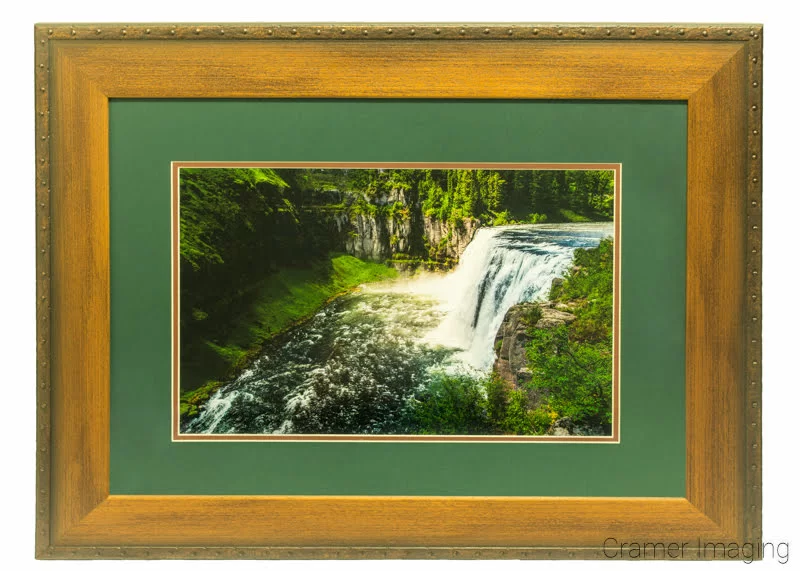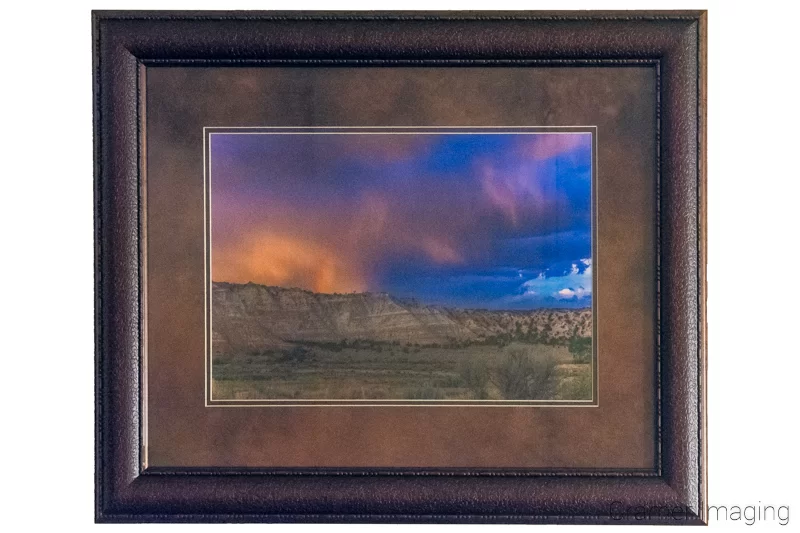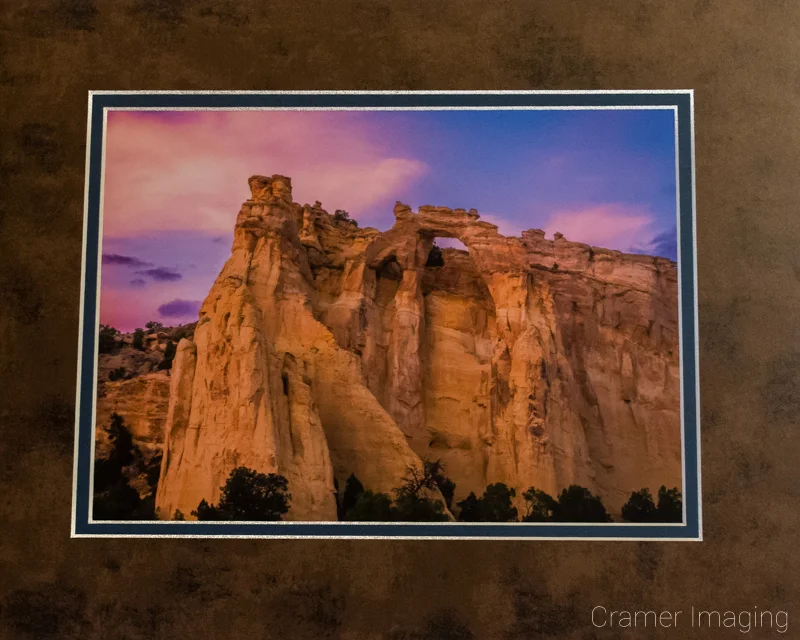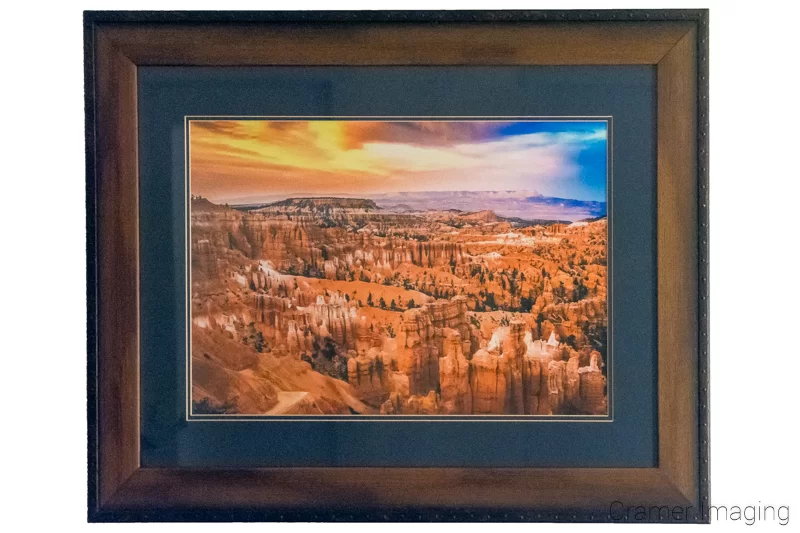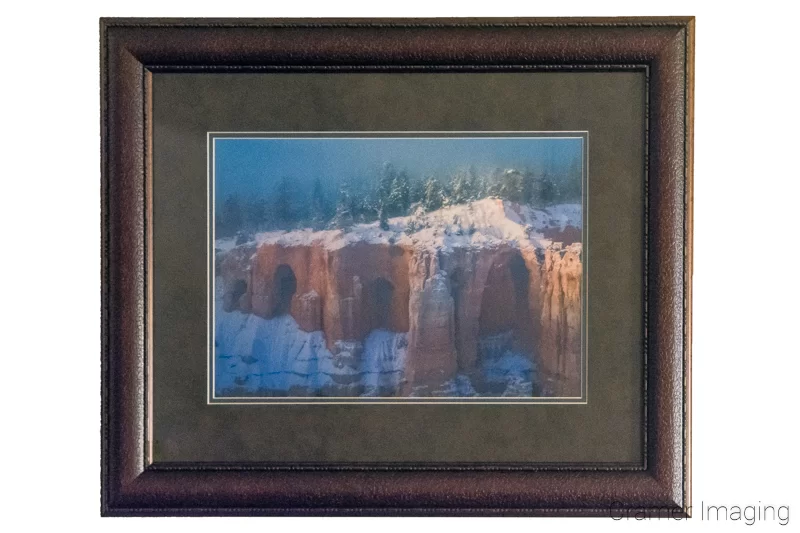Fine art photographers everywhere talk a lot about fine art prints. Here at Audrey Cramer Photography, we do a lot of talking about it too. It sounds like a very nebulous and ill-defined term. If this is what you think, you would be correct. However, let’s define what a fine art print is a little more, at least in terms of what we offer here at Audrey Cramer Photography.
Industry Definition of ‘Fine Art Prints’
Sadly, there is no industry standard definition of what a fine art print is which I can quote back to you. Because of this, there is a lot of debate out there in art circles about what is and is not considered a ‘fine art print.’ There are rough guidelines which tend to be widely used on what constitutes a fine art print. A fine art print is often considered to be a very to extremely high quality print, often digital in origin, which is printed on acid-free paper using archival quality inks. Since this is a bit to digest, let’s break it down a bit.
Industry Standards for Paper
There is no standard to the paper (like thickness, dimensions, gloss or mat finish, rag texture, etc.) other than the acid-free status. You will find fine art prints done on all kinds of paper with all kinds of finishes. Your only concern is whether or not the paper will leech acid. Here at Audrey Cramer Photography, we make sure to use acid-free paper for all of our prints.
Industry Standards for Ink
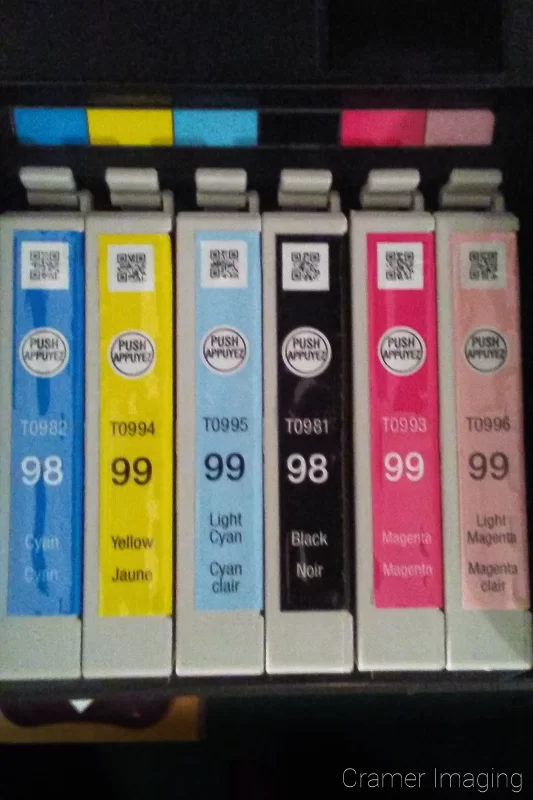
Archival ink is a bit easier to define. It must be fade and weather resistant in order to qualify as ‘archival.’ This means it must not fade easily with sunlight and UV exposure. It must also not run if exposed to water or similar liquids. Often, these kinds of inks are pH neutral or slightly basic (alkaline). The idea is that, combined with the acid-free paper, the print will last for generations. Here at Audrey Cramer Photography, we also select the best archival inks we can find to create our fine art prints.
Here’s an example of the archival inks available for consumer-grade photo quality printers. The full set is almost $100 to buy new. Please bear in mind that this price is for consumer-grade. If you want the price for professional or industrial grade ink or toner cartridges, it’ll probably cost you several hundred to several thousand dollars for a full set. This, of course, depends upon your printer model.
Industry Standards for Quality
The ‘high quality’ portion of the definition is even more difficult to quantify for you. Since we’re discussing fine art, you might have a different definition of ‘high quality’ fine art than we do.
Objective Standards for What ‘Fine Art Prints’ Are
The digital part is the only portion of the definition where we can give you some objective standards to work with. Since digital has become the industry standard lately for fine art print production, we can easily give you some of the computer specifications required to create a ‘high quality’ fine art print.
In order to create a top quality fine art print, you will need to use an inkjet printer designed for photo printing. A laser printer simply does not have the width and depth of color required to create a fine art print. A regular inkjet printer, while an improvement, also won’t display the range of color you want to see in a fine art print. This is why fine art prints are created on photo quality inkjet printers.
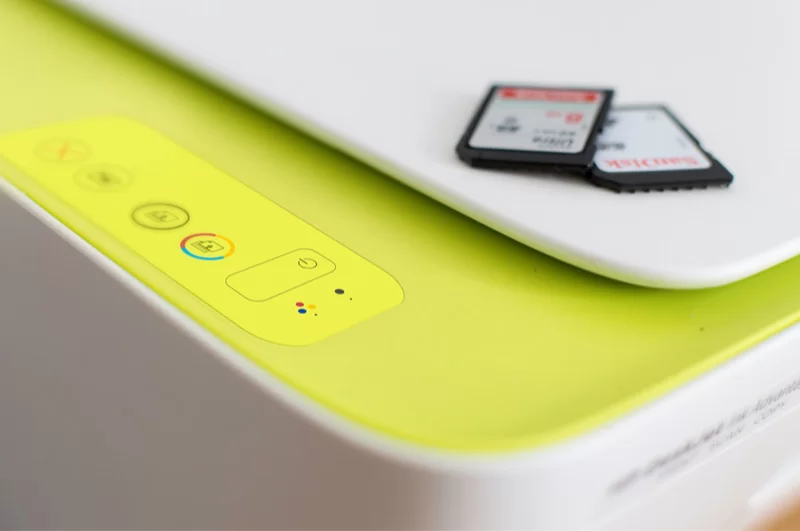
The other standard is the dpi (dots per inch) which the printer uses to create the image. If you want a seamless print, and you do if you’re looking at buying a fine art print, then the original digital file must have a minimum of 300 dpi. People conducted scientific studies to see what the minimum dpi is for no longer noticing the dots. That is the figure that the scientists came up with. Here at Audrey Cramer Photography, all of our digital photo files are kept at no less than 300 dpi and always printed on a photo quality inkjet printer.
Conclusion
So, there you have it. A fine art print has a loose industry definition. The definition includes a digital image printed at 300 dpi, using a photo quality inkjet printer, on acid-free paper with archival quality ink. The subject matter on a fine art print is yours to decide.


